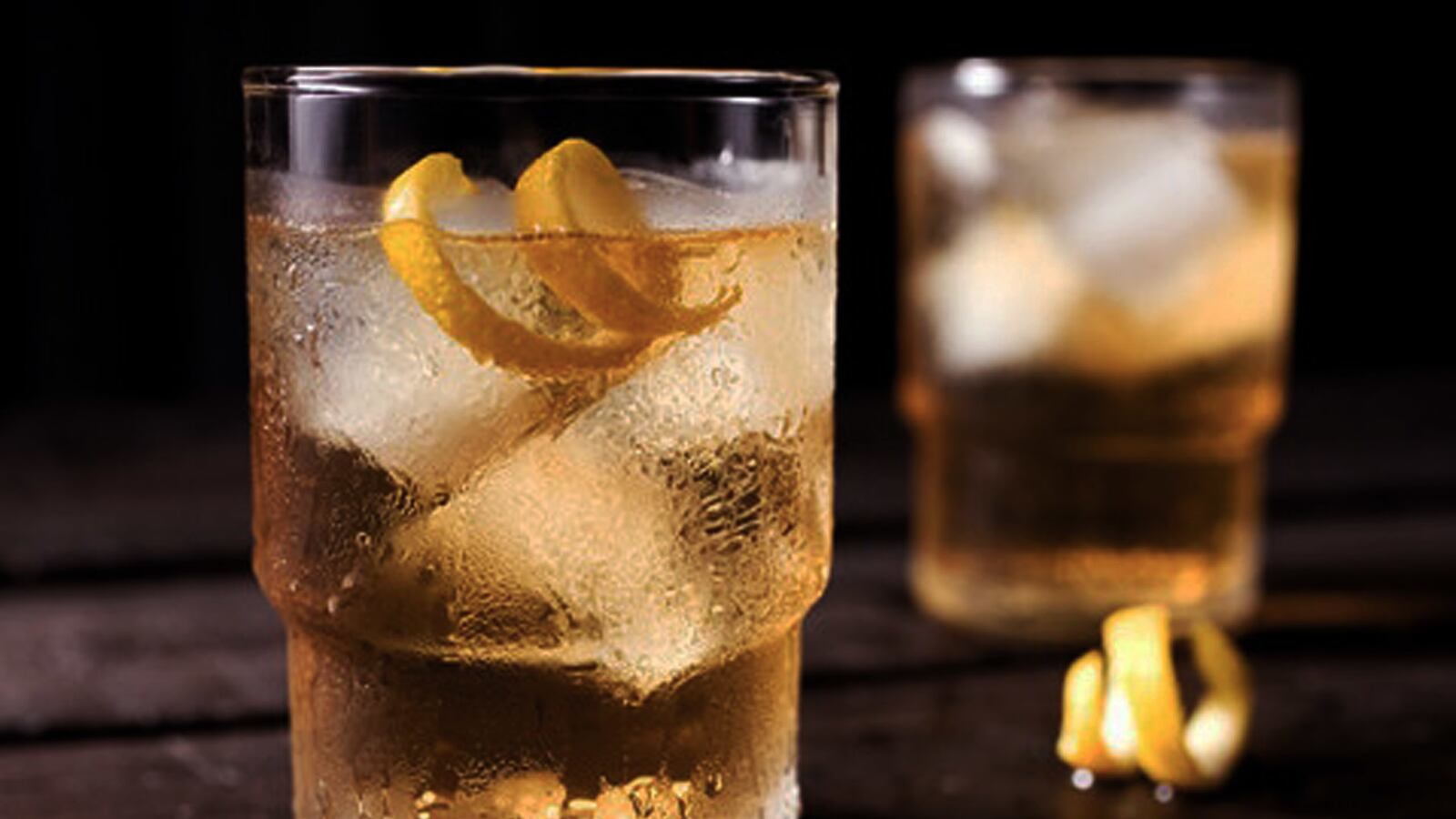Fifty years ago, American magazines were full of ads for blended Scotch whisky. Dewar’s, J&B, Johnnie Walker Red, Cutty Sark—they filled the pages, especially around Christmas time. We drank Scotch & soda, Scotch on the rocks, and the simple and sweet rusty nail. We even wrote songs about the liquor!
Then we discovered vodka and light rum, and Scotch sales dropped, so much so that the resulting glut was called “The Whisky Loch.” Blenders were left with a great pond of unsold whisky.
What saved the industry? Single malt Scotch. While a single malt is the product of one distillery, blends are a mix of a number of single malts, plus what is called grain whisky made in a giant column still. Up until the late 1970s, almost all the single malt went to blenders and very little was bottled and sold—even in Scotland.
Thanks to a number of factors, including the sudden appreciation and study of wine and food, when distillers released their malt whisky unblended, some for the first time, a mystique was created. It worked so well that from 2002 to 2015 single malt sales, according to the Distilled Spirits Council of the United States, grew by an amazing 182 percent.
But maybe it worked too well. Now we have a wide selection of single malts to choose from, but the number of people drinking them has shot up so fast that prices still haven’t found a ceiling. (And that’s not to mention the fact that sales of blends are down by 11 percent over that same 13 year span.)
The entry-level flagship malts are relatively affordable, but snobs don’t want them—they perceive them as too common. The malt fanatics will also tell you how to drink your dram: You must drink it from this type of glass (unless a better one comes out on Kickstarter). No, there’s no room in the glass for ice and you’ll ruin the whisky doing that anyway. The only thing you can add is water and it should be done with an eyedropper.
Good God, you little whisky tyrants! Lighten up and have a drink! If you want to play those games with single malt, help yourselves. Single malts may be 15 percent of the market, but that means that blends are 85 percent, and they’re delicious, drinkable, and affordable. There’s still a world of blends out here, and it’s high time to have fun with them.
Get one of the classic blends: Famous Grouse, Chivas Regal, Johnnie Walker Black, or the new Great King Street blend from Compass Box. Grab a big rocks glass and drop a few cubes into it. Go ahead, I dare you! (And I don’t want to hear that’s not what they do in Scotland. In the highlands it rarely gets above 80 degrees!) Now pour in a good slug of whisky and have a quick sip. Surprise! It still tastes like whisky!
Once you get over your shock at how good it tastes, it’s time for some real whisky enjoyment: a Scotch & soda, aka the highball. I got reacquainted with the concoction when the A/C went out at a friend’s house one summer evening. We stacked tall glasses full of ice, added a few fingers of Cutty Sark Prohibition (a new blend from Cutty that’s spicy and a full 100 proof), and topped it up with freshly-opened, cold club soda. No one really noticed the heat that night.
The key to the appeal of the highball is that it’s beer-strength whisky that touches all the senses. The glass is going to bead up with condensation, the ice is going to clank and clash as it jengas itself around at each sip. Take a gulp, feel free! The fizz will snap your tongue to attention (really, that’s science), and you’re going to be smiling and waving that glass around as you all talk about something other than the whisky. Better have an extra bottle handy.
This is how much of the world drinks Scotch, no matter what the snobs will tell you about how you should be imbibing. The blend is your friend: tasty, still affordable, and bottled in a range that suits almost every budget.
Want something more highfalutin’? You don’t need to leave the blended category. There are beautiful aged blends, like Chives 18 and The Antiquary; there are even blended malts, like Johnnie Walker Green and Monkey Shoulder, that blend several “single” malts in one bottle without the addition of grain whisky.
Blends allow you to break out of whisky geek prison. While your Scotch snob buddies are sipping malts and arguing over their merits, you can be drinking and having a lively conversation. Like your grandparents did, 50 years ago.






